Loose parts Play in outdoor areas transforms the everyday environment into a dynamic, open-ended learning space. The following article provides information on What Is Loose Parts In The Outdoor Area, Benefits Of Loose Parts Outdoors, How To Integrate Loose Parts Play Outdoors, List Of Loose Parts Play For Outdoor Areas, Innovative Activities for Loose Parts Play Outdoors, Extending On Loose Parts Play and more.
What Is Loose Parts In The Outdoor Area
It involves providing children with materials that have no fixed purpose—such as sticks, stones, leaves, or even recyclable household items—and inviting them to explore, create, and innovate with these elements. This self-directed form of play not only sparks creativity but also enhances problem-solving skills, fine motor development, language, and social interactions.
Benefits Of Loose Parts Outdoors
The benefits of outdoor loose parts play extend well beyond simple entertainment. It is extremely cost-effective and versatile, allowing the same materials to be used repeatedly in different ways. The large, open spaces available outdoors encourage kids to build on a bigger scale, experiment with spatial relationships, and even tackle early engineering challenges. These free-form experiences naturally support holistic development by promoting independence, vocabulary growth, and collaborative problem-solving.
How To Integrate Loose Parts Play Outdoors
A common approach to integrating loose parts play outdoors is to follow three simple steps. First, gather natural materials; observe that nature supplies a wealth of “loose parts” like logs, leaves, and pine cones. Second, supplement these with add-ons from indoors—items such as safe recyclables, plastic containers, or fabric scraps can expand how children use these objects. Finally, set the scene for play, ensuring that the outdoor space is safe and inviting so children feel free to create and collaborate without strict guidelines.
List Of Loose Parts Play For Outdoor Areas
Here are some large, open-ended items that are easily sourced and can be integrated into outdoor play:
- Cable reels—Great for stacking, rolling, or using as tables.
- Wooden pallets—Can be used for building, balancing, or creating obstacle courses.
- Tree stumps—perfect for seating, stepping stones, or imaginative play.
- PVC pipes—ideal for constructing tunnels, ramps, or water play setups.
- Crates—Versatile for stacking, transporting, or creating dens.
- Fabric sheets—Useful for fort-building, sensory play, or dramatic play.
- Large cardboard tubes—can be tunnels, telescopes, or rolling object
- Buckets and baskets—Encourage transporting, sorting, and imaginative play.
- Ropes and pulleys—great for problem-solving and collaborative play.
- Tires—Can be used for climbing, rolling, or obstacle courses.
- Natural Elements—Sticks, stones, leaves, pine cones, acorns
- Found Objects—Logs, bark, shells
- Recycled Materials—Plastic containers, bottle caps, cardboard tubes
- Household Items—Baskets, fabric scraps, funnels, sponges
Encouraging children to collect these items—perhaps during a nature walk—can be an activity in itself. Later, challenge them to create art installations, construct obstacle courses, or even develop storylines based on what they’ve gathered. This method not only reinforces physical skills, such as climbing and balancing, but also nurtures imagination and language as they describe and negotiate their play initiatives.
Innovative Activities for Loose Parts Play Outdoors
Outdoor loose parts play offers endless opportunities for creativity and exploration! Here are some innovative activities to try:
-
Outdoor Construction Zones – Provide crates, planks, and pipes for children to build structures like forts, bridges, or towers. This encourages problem-solving and teamwork.
-
Nature-Based Art – Use leaves, stones, and twigs to create transient art pieces. Children can arrange materials into patterns or mandalas, fostering creativity and fine motor skills.
-
Obstacle Courses – Set up a dynamic course using logs, tires, and ropes. Kids can climb, balance, and jump, developing gross motor skills while exploring risk-taking in a safe environment.
-
Water Channeling Experiments – Offer gutters, pipes, and buckets for children to explore water flow. They can adjust angles and heights to observe how water moves, introducing early STEM concepts.
-
Loose Parts Storytelling – Encourage children to use objects like sticks, shells, and fabric scraps to create characters and settings for imaginative storytelling.
-
Outdoor Role Play Stations – Set up themed areas using loose parts, such as a "market stall" with baskets and wooden blocks or a "construction site" with toy tools and recycled materials.
-
Sensory Exploration – Fill trays with sand, mud, or water and add natural loose parts for tactile play. This supports sensory development and encourages scientific inquiry.
-
Seasonal Loose Parts Play – Adapt activities based on the season, such as using autumn leaves for collages or frozen objects in winter for sensory exploration.
Extending On Loose Parts Play
Beyond the basics, loose parts play can be woven into broader educational themes. For instance, you can blend storytelling with physical creation by having children build characters or settings from their gathered materials. Seasonal variations also offer fresh opportunities—using autumn leaves or winter elements can spark discussions about nature’s cycles and sustainability. If you’re curious about expanding this approach further, consider exploring how sensory play and simple engineering concepts can be integrated into outdoor loose parts activities, adding layers of engagement that deepen children’s learning experiences.
Further Reading
Loose Parts: A Guide For Educators
Loose Parts Materials For Babies, Toddlers, and Preschoolers
Benefits Of Loose Parts
Incorporating Natural Materials In The Learning Environment


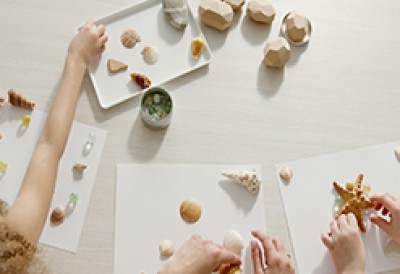

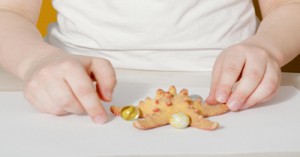
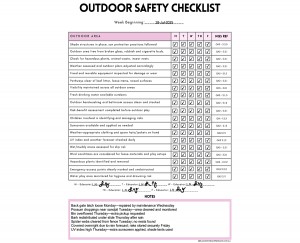
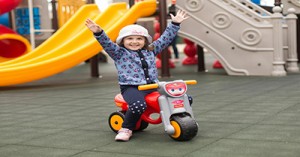
 As an Educator in Australia, your pay rate falls under the Children’s Services Award 2010. This award states the minimum amount that an employer can
As an Educator in Australia, your pay rate falls under the Children’s Services Award 2010. This award states the minimum amount that an employer can When working as a qualified Early Childhood Teacher (with a university degree) within a service, your rate of pay will come from the Educational Services
When working as a qualified Early Childhood Teacher (with a university degree) within a service, your rate of pay will come from the Educational Services When working as a Diploma Qualified Educator your pay rate is from the Children's Services Award 2010. This Award states your minimum rate of pay
When working as a Diploma Qualified Educator your pay rate is from the Children's Services Award 2010. This Award states your minimum rate of pay When working as a Cert 3 Qualified Educator, your pay rate is from the Children's Services Award 2010. This Award states your minimum rate of
When working as a Cert 3 Qualified Educator, your pay rate is from the Children's Services Award 2010. This Award states your minimum rate of Educational Leaders play a crucial role in their early childhood service by ensuring that the educational program aligns with best practices and supports the holistic
Educational Leaders play a crucial role in their early childhood service by ensuring that the educational program aligns with best practices and supports the holistic In early childhood education and care, ratios are more than a technicality—they are a frontline safeguard. Every child deserves responsive supervision, emotional connection, and developmental
In early childhood education and care, ratios are more than a technicality—they are a frontline safeguard. Every child deserves responsive supervision, emotional connection, and developmental With the new national child safety reforms kicking in on 1 September 2025, early childhood services like yours have a real opportunity to lead the
With the new national child safety reforms kicking in on 1 September 2025, early childhood services like yours have a real opportunity to lead the Here’s a comprehensive Mobile Phone and Smart Watch Policy tailored for early childhood education and care (ECEC) services in Australia, aligned with the latest 2025
Here’s a comprehensive Mobile Phone and Smart Watch Policy tailored for early childhood education and care (ECEC) services in Australia, aligned with the latest 2025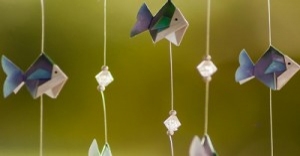 The Sea of Fish Challenge is a national initiative that invites children, educators, families, and communities to create and display fish artworks as a symbol
The Sea of Fish Challenge is a national initiative that invites children, educators, families, and communities to create and display fish artworks as a symbol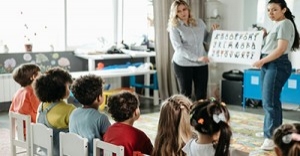 Across the early childhood education and care sector, educators are sounding the alarm: current staffing ratios are insufficient to deliver safe, meaningful, and developmentally appropriate
Across the early childhood education and care sector, educators are sounding the alarm: current staffing ratios are insufficient to deliver safe, meaningful, and developmentally appropriate


